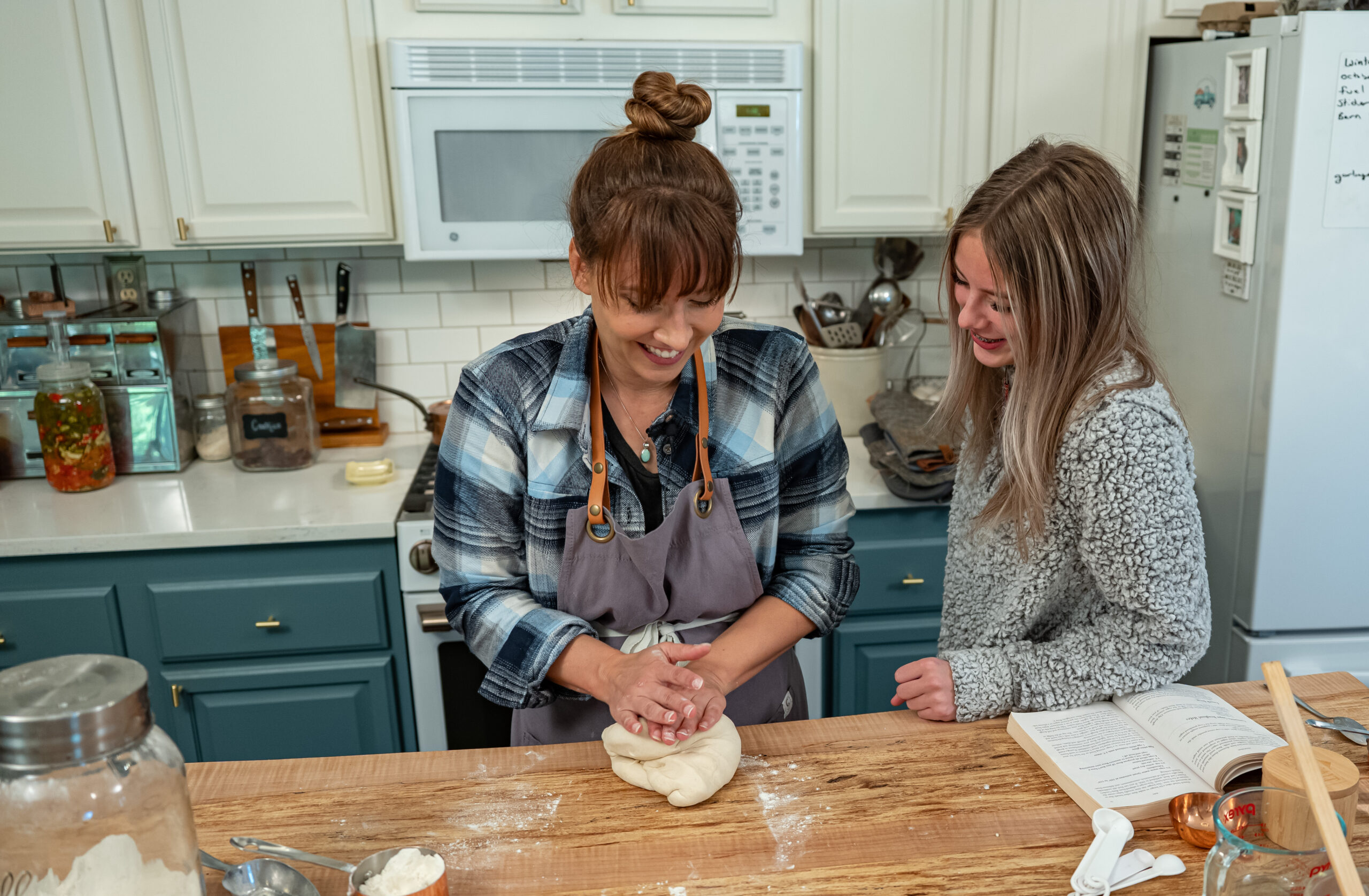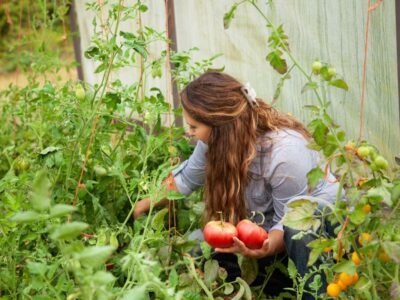Whether you have a large or small family, real-food batch cooking should be a part of your meal planning. This is especially true if you struggle to find the time to make a healthy from-scratch recipe instead of processed convenience food.
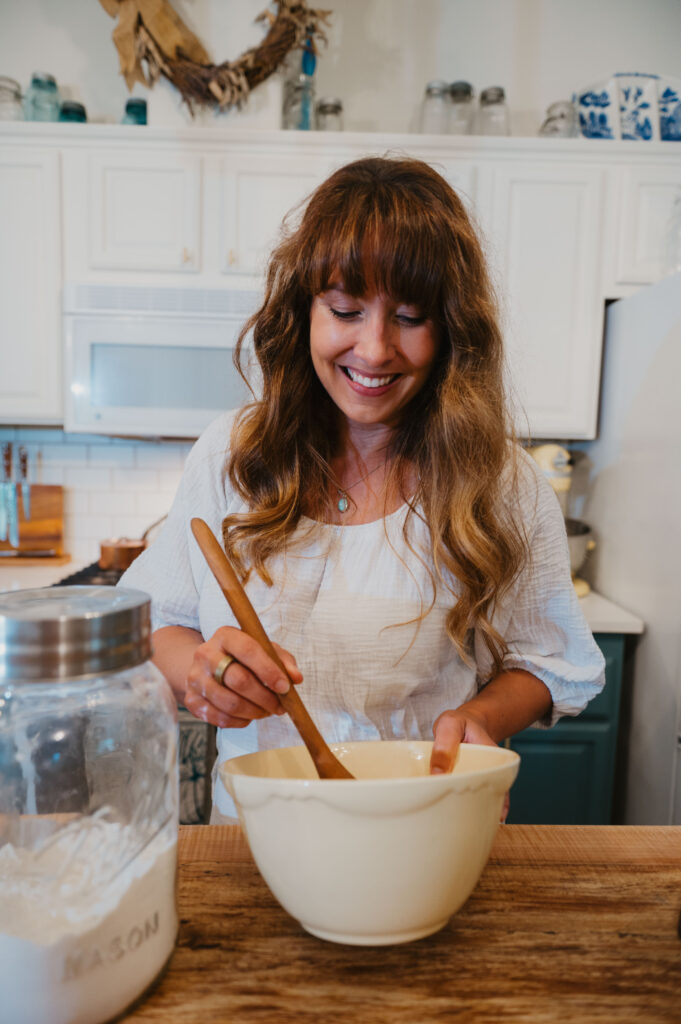
Table of Contents[Hide][Show]

🍞 Struggling With Sourdough?
If your starter won’t take off, your loaves are dense and hard, or sourdough just flat-out overwhelms you…
👉 I’ll show you how to fix all of it.
Join my FREE live workshop and learn how to make a bubbly, active starter—the right way, from Day One.
🗓️ Jan 12 @ 1pm PT
Why Batch Cooking Can Save Your Sanity!
Today we are talking about freezer meals, batch cooking and overall tips for saving time in the kitchen when it comes to cooking meals from scratch.
For some of you who are my long-time listeners, you’re like, “Melissa, I know you don’t use a ton of freezer foods because you do a ton of canning”, which is true. But for some foods, the quality is degraded or they just can’t be canned safely.
And I realize that not everybody does as much canning as I do. So, in an effort to share more tips for easy meal prep, we’re going beyond a well-stocked pantry!
This blog post includes three podcast episodes. The first is the newest roundtable of the Homestead Kitchen Roundtable talk, where Rachel, Michelle, Sophia and I put our brains together and share all our favorite tips in Pioneering Today Podcast episode #464.
Then, the subsequent podcasts are old episodes (Pioneering Today Podcast episode #155 with Tricia from Once a Month Meals and Pioneering Today Podcast episode #215 with tips for freezing dough.)
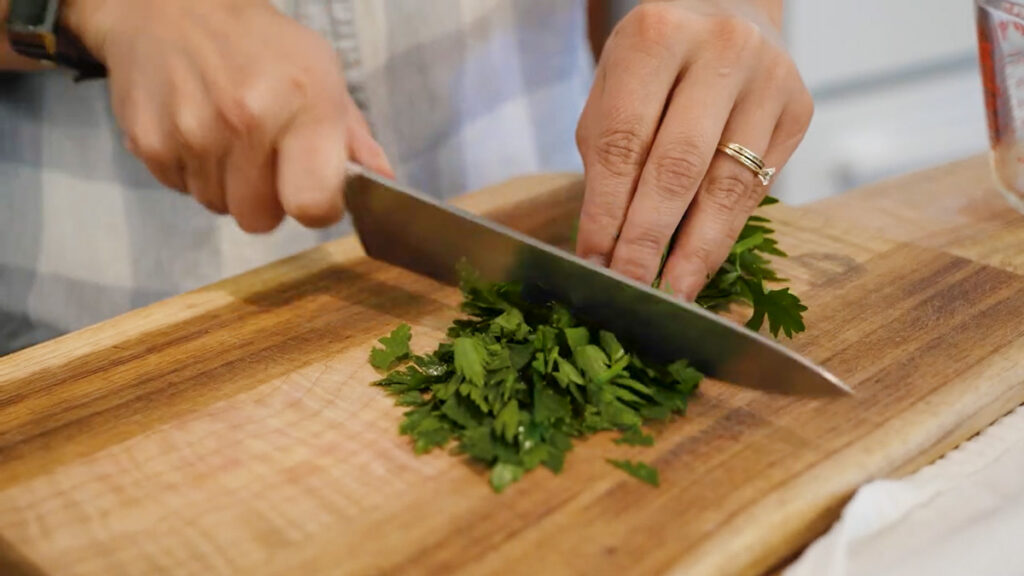
What Is Batch Cooking
Batch cooking is simply prepping and cooking a ton of ingredients for several meals all at once. The benefits are:
- Time Saver – Most of us can’t afford a personal chef, so we have to find ways to fit cooking into our busy schedules. Planning and putting the meal together is done once, not every day, allowing for better time management on your homestead.
- Cost Savings – Purchasing food in bulk is a great way to save money on groceries, and batch cooking recipes is a genius preservation method for using what you are purchasing in bulk.
- Improved Health – In addition to saving money on expensive convenience foods, you can make healthier from scratch meals with higher-quality ingredients avoiding GMOs, preservatives, and artificial colors and flavors.
- Fewer Dishes – I’m all about dirtying up the kitchen with my big pots and pans just once instead of daily. Who’s with me?
- Less Waste – By getting into the habit of planning, portioning, and preserving, you will reduce the number of foods that go bad and inevitably end up in your compost pile or the trash.

Best Containers for Freezer Meals
There are several ways to freeze your meals. Everyone is at a different spot in their journey. If you don’t use plastic or foil, we have you covered. Find what works for you and your comfort zone to create easy, nutritious meals for your family.
- Disposable Containers – Ziploc freezer bags and foil containers will save you time by cutting down on dishes. However, they are more expensive in the long run and are not a sustainable choice.
- Reusable Containers – For a more sustainable choice, you can opt for reusable glass, BPA-free plastic, or silicone containers. The initial investment is more expensive, but they will pay for themselves over time.
Pro-Tip: You can even use Mason Jars! Just make sure that you still have a lot of head space at the top with liquids because they will expand if they are solid-liquid. Straight-sided Mason jars work best over those with a curved “shoulder,” like pictured above with my cream of broccoli and cheddar soup.

Foods That Cannot Be Frozen
It’s worth mentioning that not all foods are freezer-friendly, so remember these tips when you plan your batch cooking.
| Food | Tip |
| Dairy | You can freeze dairy, but you have to heat it up slowly, so meal-prepping a recipe with dairy-based sauces to cook in the Instant Pot would not be a good idea. You can make meals that include dairy, just leave the dairy out until you’re ready to eat, then add it during the final heating or cooking stage. |
| Raw Potatoes | If your meal prep includes raw potatoes, they should be cooked before freezing. Freezing raw potatoes will ruin their texture, and the color will turn an unappealing gray color. |
| Vegetables With High Water Content | High-water-content vegetables (such as mushrooms and green peppers) don’t come out as crunchy as they do at harvest. If you really like crunchy vegetables, you may want to wait to incorporate them on your serving day rather than include them in your freezer prep. |
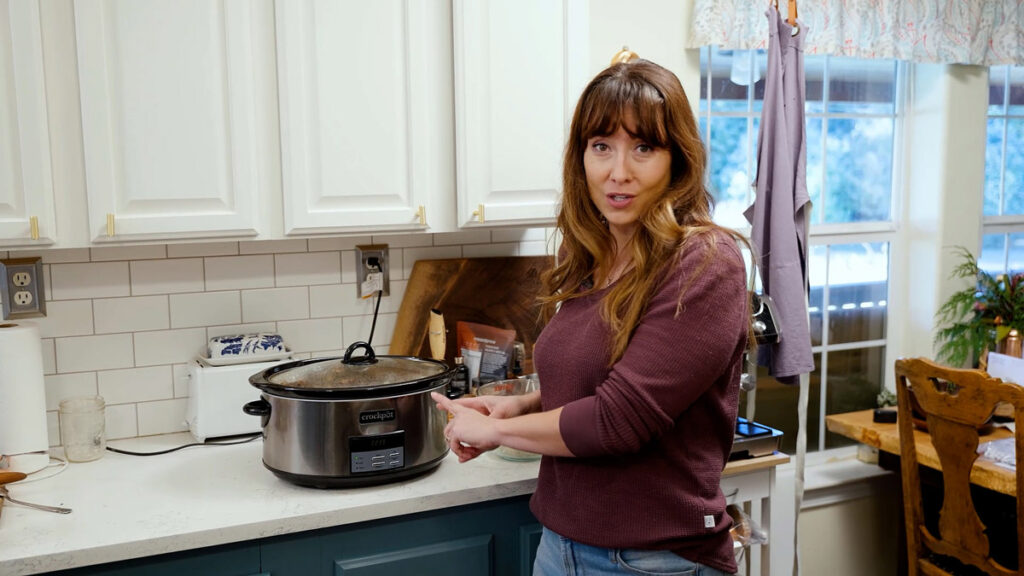
Top Batch Cooking Tips
There is a huge misconception that batch cooking and meal prepping means you do it once for an entire month. While this approach works great for many, you can batch cook and freeze on a much smaller scale and still reap benefits.
Whichever approach works best for you, use these tips to make the most of your efforts.
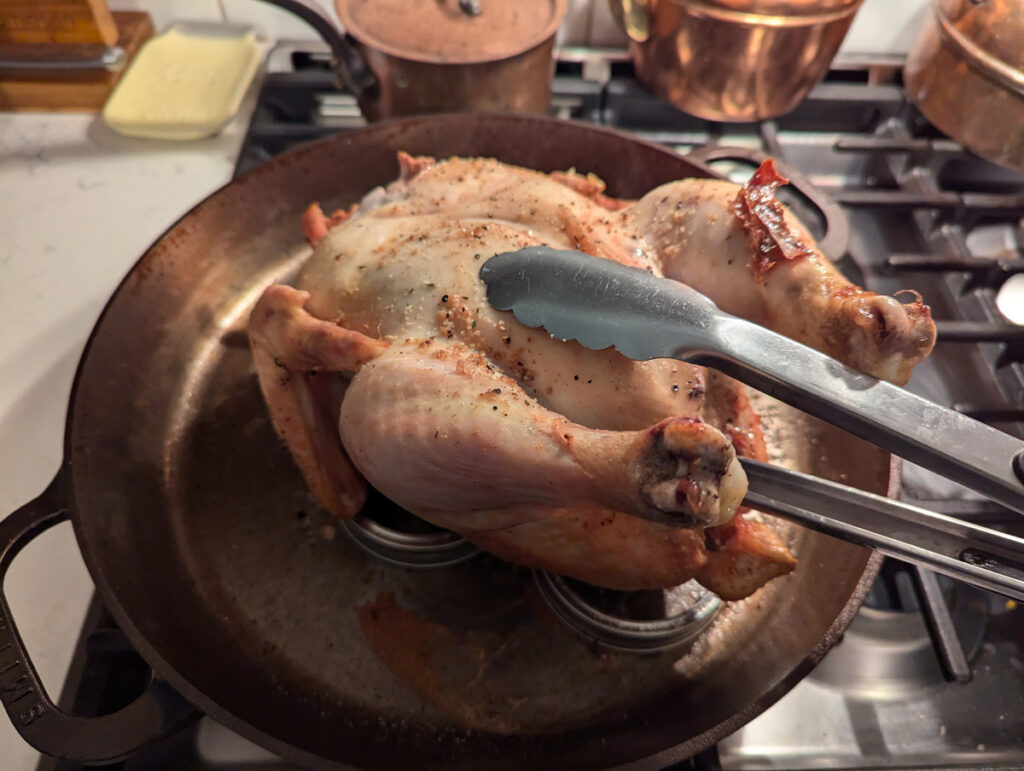
Start Small
Batch cooking for beginners can often feel overwhelming. Don’t adopt the “all or nothing” approach. If your time or freezer space does not allow you to make 20-30 freezer meals at a time, adjust the goal to fit your lifestyle.
Whenever you are already taking the time to cook, start asking yourself if you can make extra to freeze for later. Whether it’s just one serving for lunch or a double batch to make a second dinner, the time savings will add up, and before you know it, you’ll have meals in your freezer to last all week long!
If you can’t devote an entire day to batch cooking, look for pockets of time to split up the task into different stages throughout the week. Even if you don’t have a full hour of time, you might have four 15-minute pockets in between other tasks where you can get things done.
Pro Tip: It could be as simple as roasting a whole chicken instead of cooking up two chicken breasts. You’ll now have extra meat tucked away in the refrigerator for an easy lunch or dinner.

Develop a Planning System
Depending on your lifestyle and personality, you may meal plan a month or 15 minutes in advance. While I don’t recommend the latter, my schedule generally allows for about 3-7 days in advance, and success always comes when I know what’s for dinner, at the very least the day before.
For a minimal planning routine, always prioritize your protein. If your pantry is well stocked, it’s easy to pull in sides to make a balanced meal.
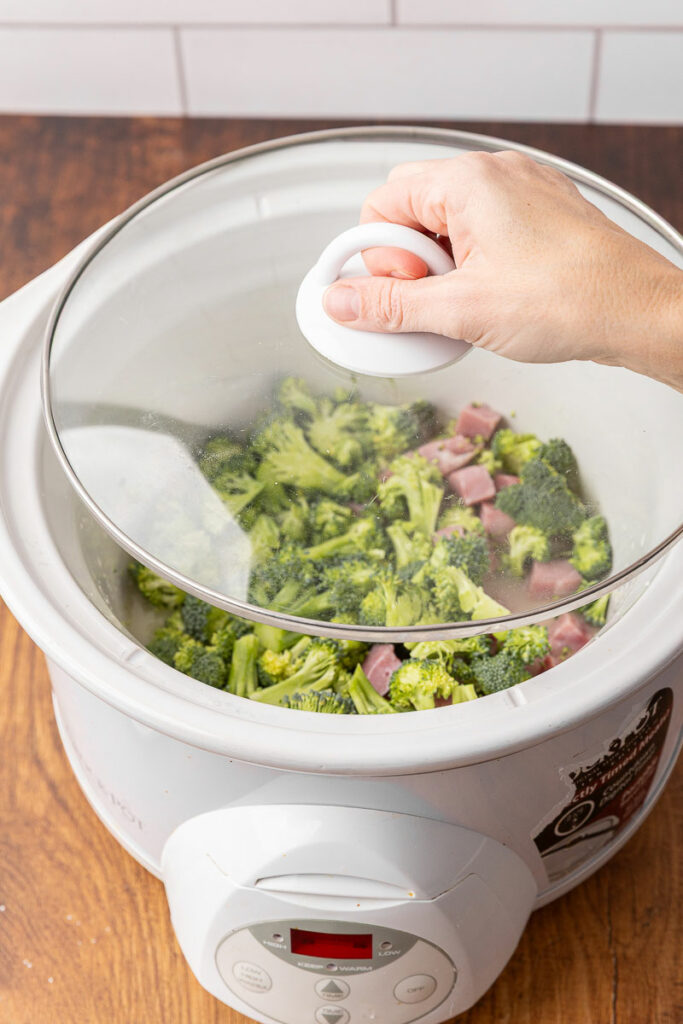
Batch Cook the Right Foods
Most importantly, the right foods to batch cook are recipes your family actually likes. If you’re not sure if they’ll like a new recipe, try it out first before making multiple batches for the freezer.
For the fastest freezer meals, avoid stovetop recipes (where you have to pre-cook ingredients) and pick recipes that aren’t labor-intensive. We call these dump-and-go recipes. You’re basically meal-prepping ingredients together for them to cook on your serving day.
These types of recipes are typically cooked in slow cookers or the Instant Pot or baked in the oven.
Pro-Tip: To avoid food-borne illnesses, never place a frozen meal directly in your slow cooker. It needs to be thawed in the refrigerator first. You can, however, cook a whole frozen chicken in the Instant Pot without worry!
Get Social
Batch cooking is fun (and easier) when many hands make light work. Recruit one or more friends, and each of you choose a meal to batch cook. Then, swap with each other to create a variety of meals to stock in your freezer.
If you have kids, incorporate them into the selection, shopping, prepping and cooking processes. They will learn life skills while enjoying one-on-one time with you.
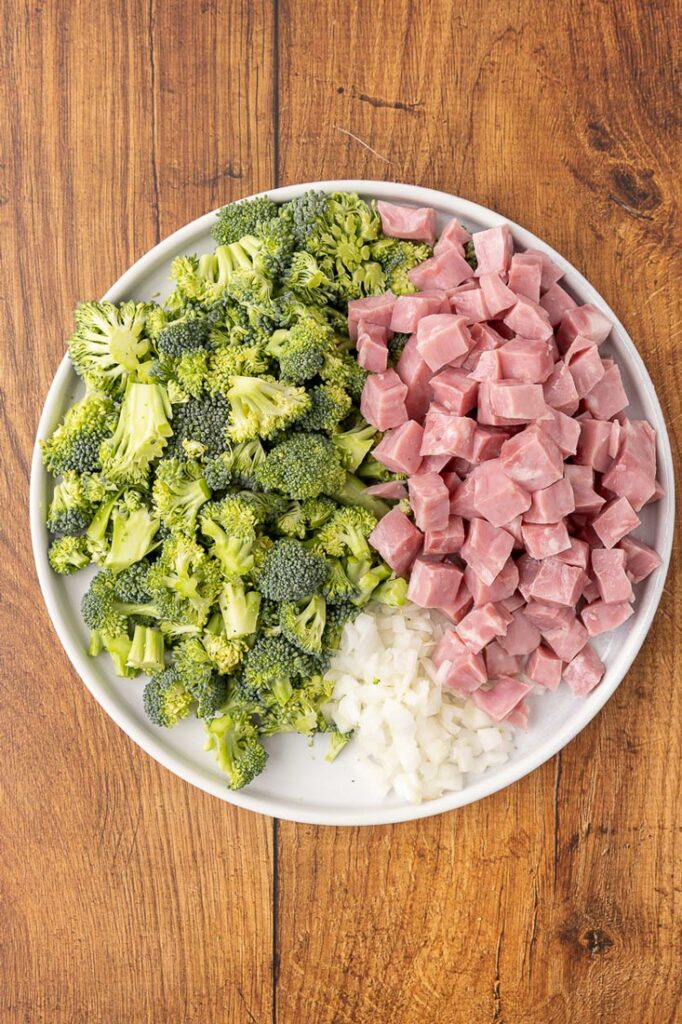
Prepare to Prep
Having all your ducks in a row can make a big impact on efficiency and success. Use this checklist to make sure you are prepared for big-batch cooking days.
- You should plan on going to the grocery store to pick up the rest of your ingredients either the night before, a few days ahead, or that morning.
- Have a list of all items that need to be chopped and sliced. Then, have all those things ready and prepped in prep bowls so you can be your own sous chef.
- Once the ingredients are prepped, set them up as an assembly line. (If you don’t have enough counter space, put out a folding table so everything is readily accessible.)
- Have all of your storage containers clean and ready.
- Take inventory of your cooking tools to decide if you need to clean up as you go or all at the end.

Batch Cooking Ideas
The beauty of batch cooking is that you don’t need to invest in special equipment. You just simply make larger batches of foods you are already cooking!
Basic Proteins
If you don’t have time to map out meal plans, you can still cook a large piece of meat to portion out for several quick meals. Cook with basic seasonings like salt, pepper, and garlic so that you can work your protein into a variety of recipes.
You can brown ground beef, make a beef or pork roast, or roast a whole chicken. Then, portion the meat into freezer containers to use later for meals like tacos, pizza, casseroles, and soups.
Pro-Tip: Don’t forget to freeze your chicken carcass to make bone broth later, too!
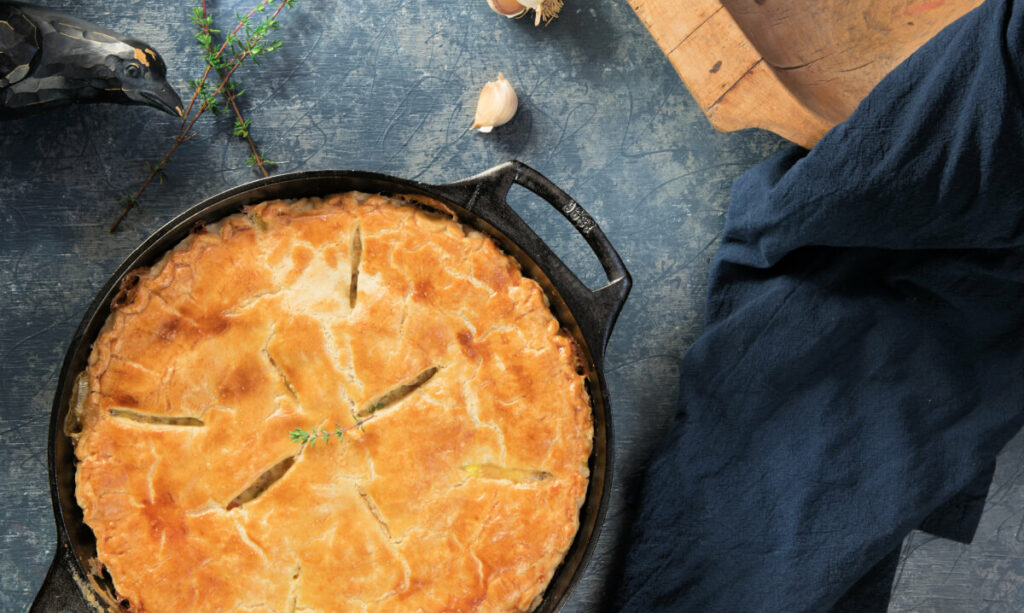
One Dish Meals
One-dish meals are the ultimate option for quick and easy weeknight dinners. Most soups, casseroles, and other one-dish meals freeze well and can be served on their own or with roasted veggies, a quick green salad or a side of bread.
If you are lacking inspiration, walk the frozen food isle of your local grocery store for ideas to make from scratch. Or, you can use this list of popular choices.
- Chili
- Enchiladas
- Sweet & Sour Meatballs
- Beef Stew
- Meatloaf
- Bean and Ham Soup
- Lasagne
- Pot Pies
- Chicken and Artichoke Casserole
- Chicken and Broccoli Casserole
- Shepherd’s Pie
- Turkey and Dumplings

Breakfast Foods
Batch cooking can also help those who don’t have much time in the mornings avoid processed convenience foods.
One of my favorite breakfast batch cooking hacks is baking individual egg cups in a muffin tin. You can add a variety of different vegetables, cooked meats and cheeses, and even leftover veggies. They freeze great and thaw quickly for a decent protein source in the mornings.
If eggs aren’t your thing, you can also freeze pancakes and waffles. Thaw them overnight and reheat them in a toaster oven.
If you enjoy baking, make a large batch of biscuits, muffins or sweet bread. Biscuits make a great side for any meal of the day, and muffins and sweet breads also work great for quick snacks and dessert, too.
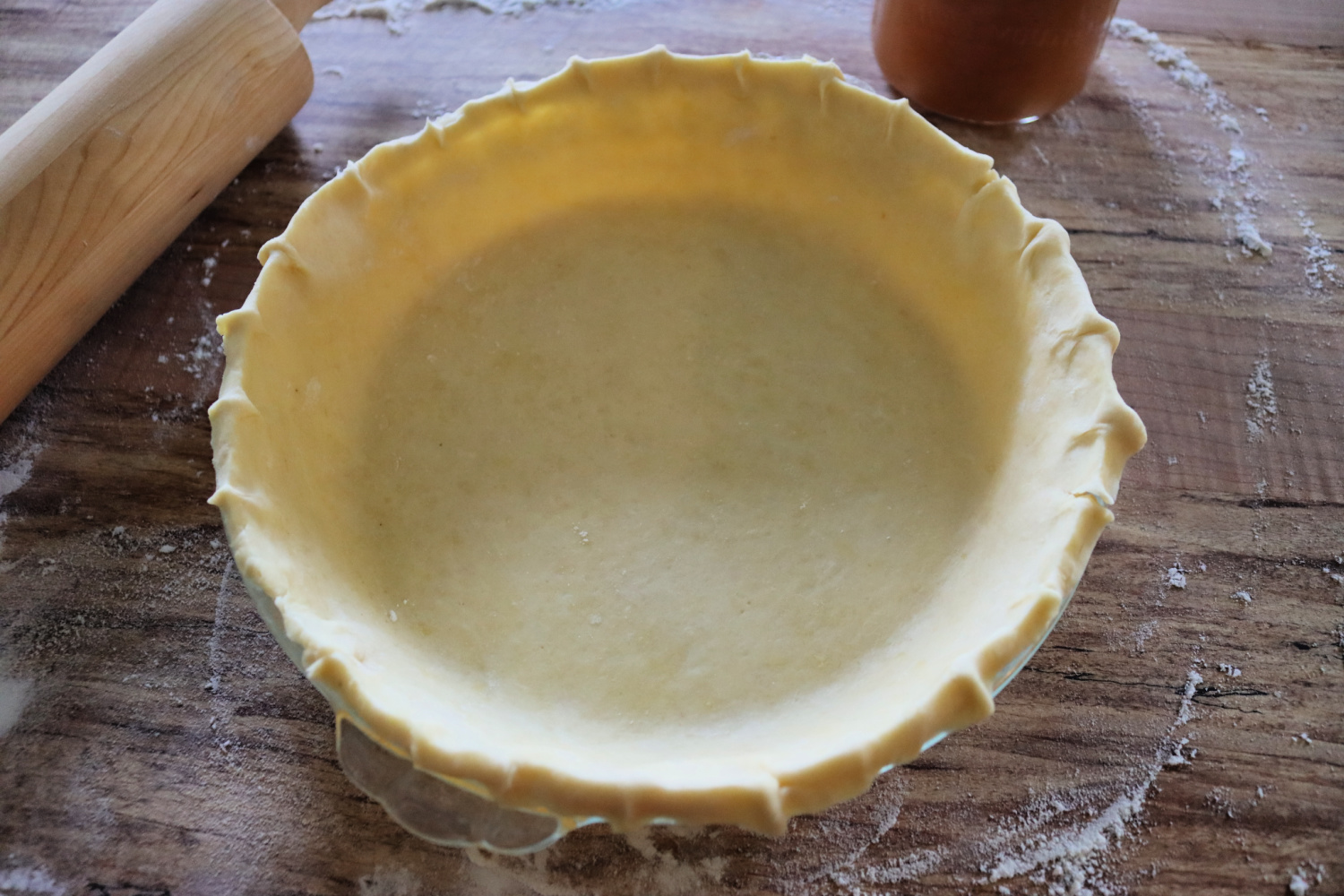
Pie Crust
Every holiday season, I save a ton of time batching pie crust, and it doesn’t hurt to make a few extra to have on hand for quick quiches and pot pies.
Provided that you have enough pie plates, the easiest way to make pie crust ahead of time is to roll out the dough, put it in your pie plate, crimp the edges, and put it in the freezer. Once it’s frozen, you just lift it out of the pie plate.
Take all of your frozen pie crusts and stack them together in a freezer bag or airtight, freezer-proof container. On the day of baking, remove the frozen crust, place it on the same pie plate, add the filling and bake the pie with the crust still frozen! This is especially easy if you’re making a pumpkin or crumb-top pie.
If you don’t have multiple pie plates, just roll the dough out on parchment paper. Then, roll it up (with the parchment), place it in a freezer-safe container, and freeze. Once it’s thawed, all you have to do is unroll it from the parchment paper and place it in your pie plate.
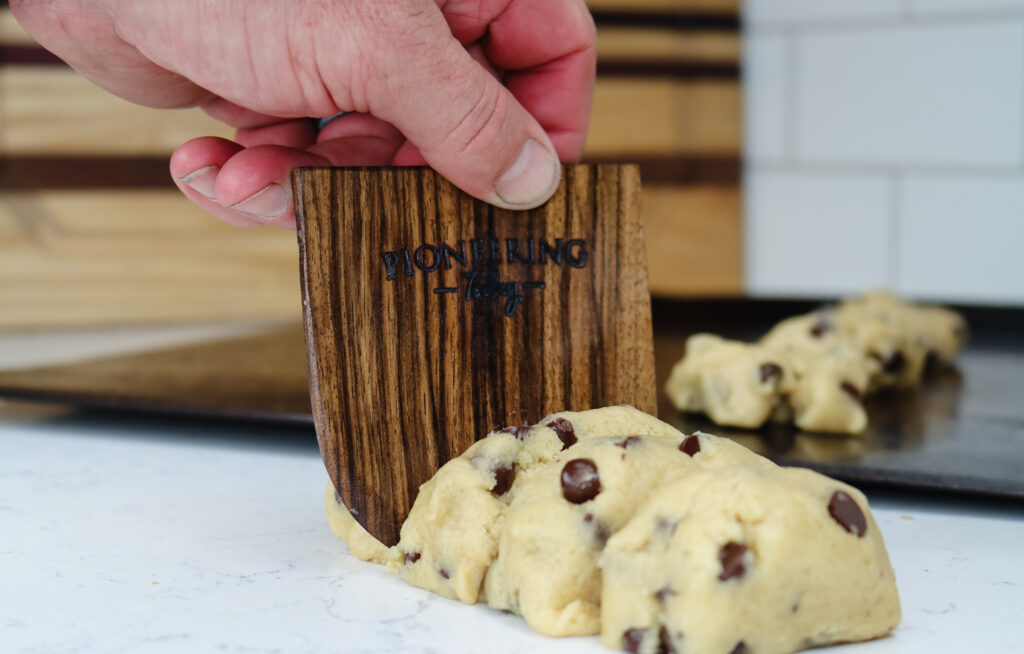
Cookie Dough
My family LOVES cookies, and I refuse to buy them from the store. You can make a big batch of dough, roll it into a log and freeze it. When you are ready to bake cookies, just take the log out and let it sit on the counter for about 10 minutes.
Use a sharp knife or a wooden bench scraper, slice the dough into cookies and place them on your baking sheet. Bake the cookies about 5 degrees lower than the recipe calls for and for a few minutes longer.
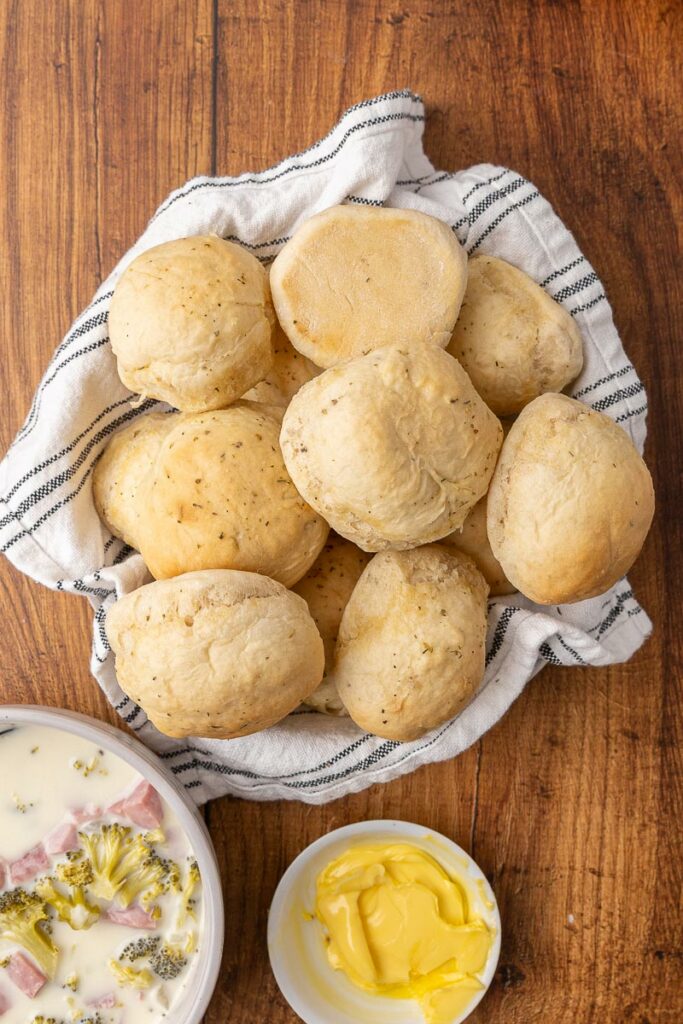
Bread
For homemade rolls and bread, I prefer to freeze them after they’ve been baked. Allow them to fully cool, seal them in an airtight freezer bag or container, and freeze them for up to three months.
You can freeze bread dough, but this method is really more helpful as a preservation method than a time-saving hack because it takes a long time for the dough to thaw and come to room temperature, so the yeast reactivates. Instead, try making my master dough that can sit in the refrigerator, ready to bake into pizza crust, crusty Artisan bread, rolls, or even cinnamon rolls!
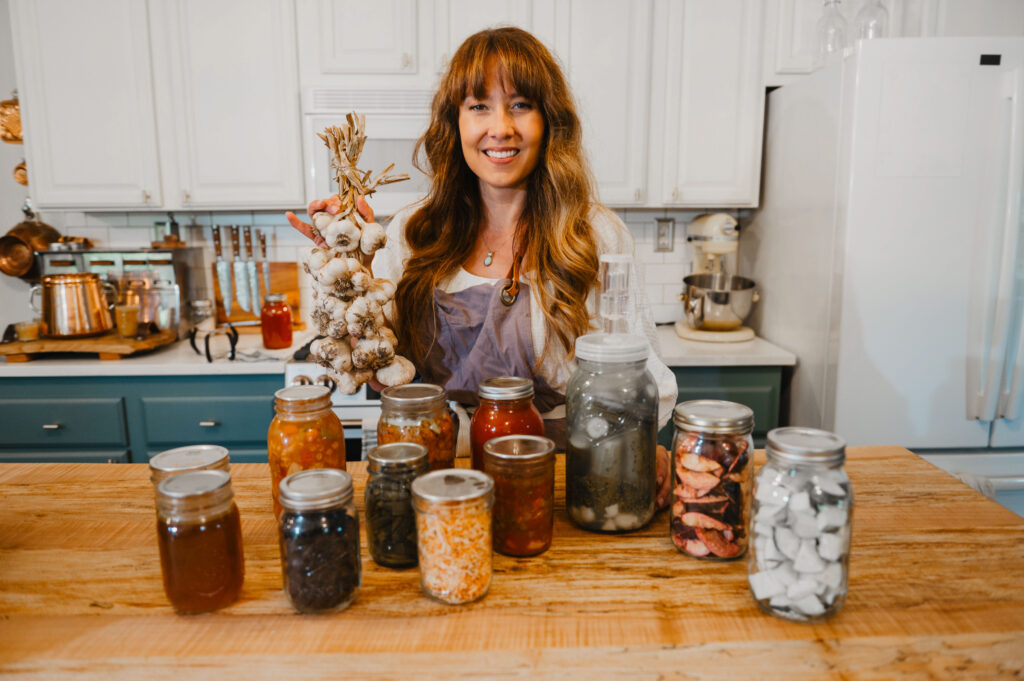
More Time-Saving Tips
Need more time-saving kitchen hacks or time-saving tips on growing, cooking and preserving your own food? Make sure you’re on the notification list for when the doors open to the Pioneering Today Academy by clicking here.
Resources for Episode #257
- Great-Grandma’s Flaky Pie Crust Recipe
- Old-Fashioned Homemade Cinnamon Rolls
- How to Make a Homemade Sourdough Starter
- Home and Hand Made: A Homesteader’s Recipes to Help You Cook, Clean and Care for Your Family
